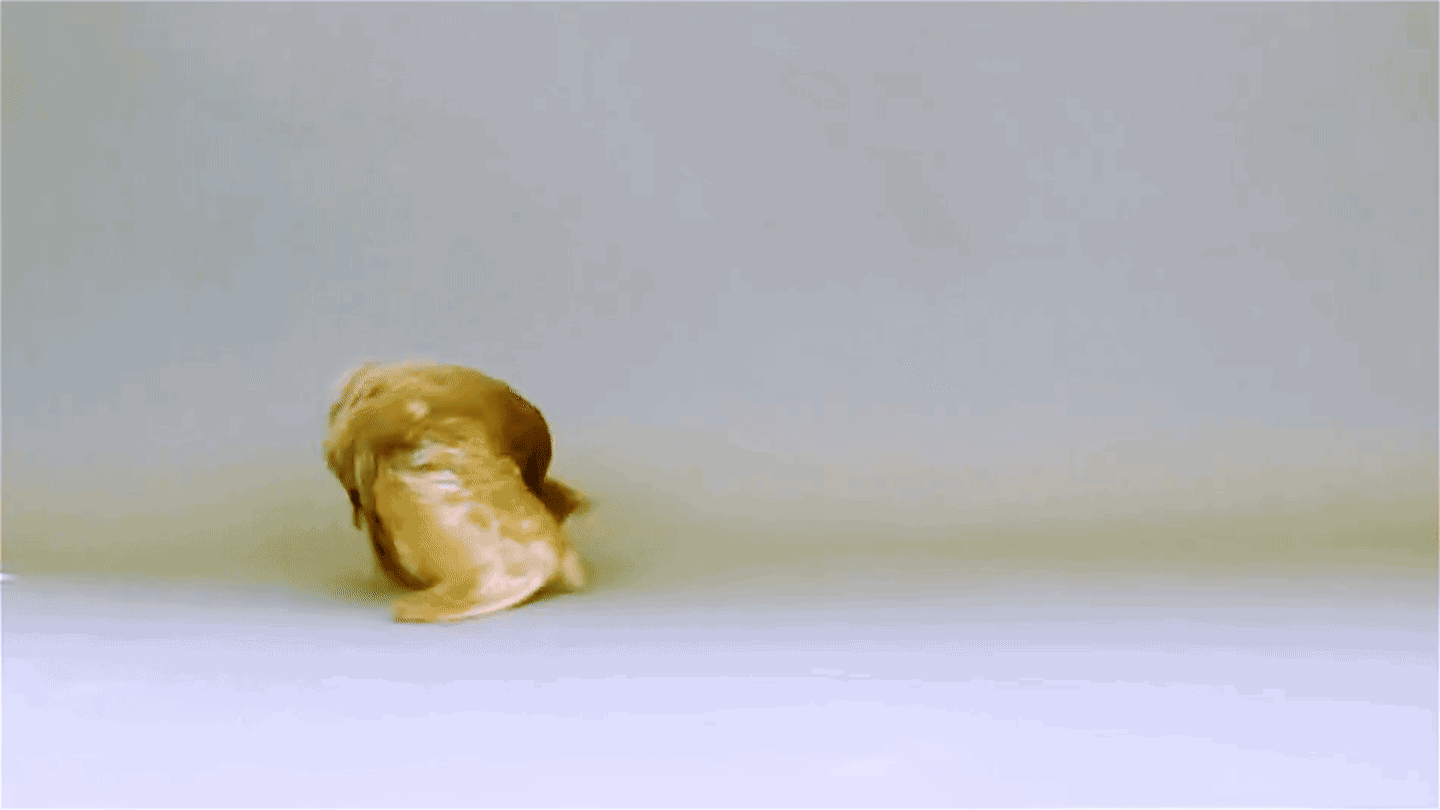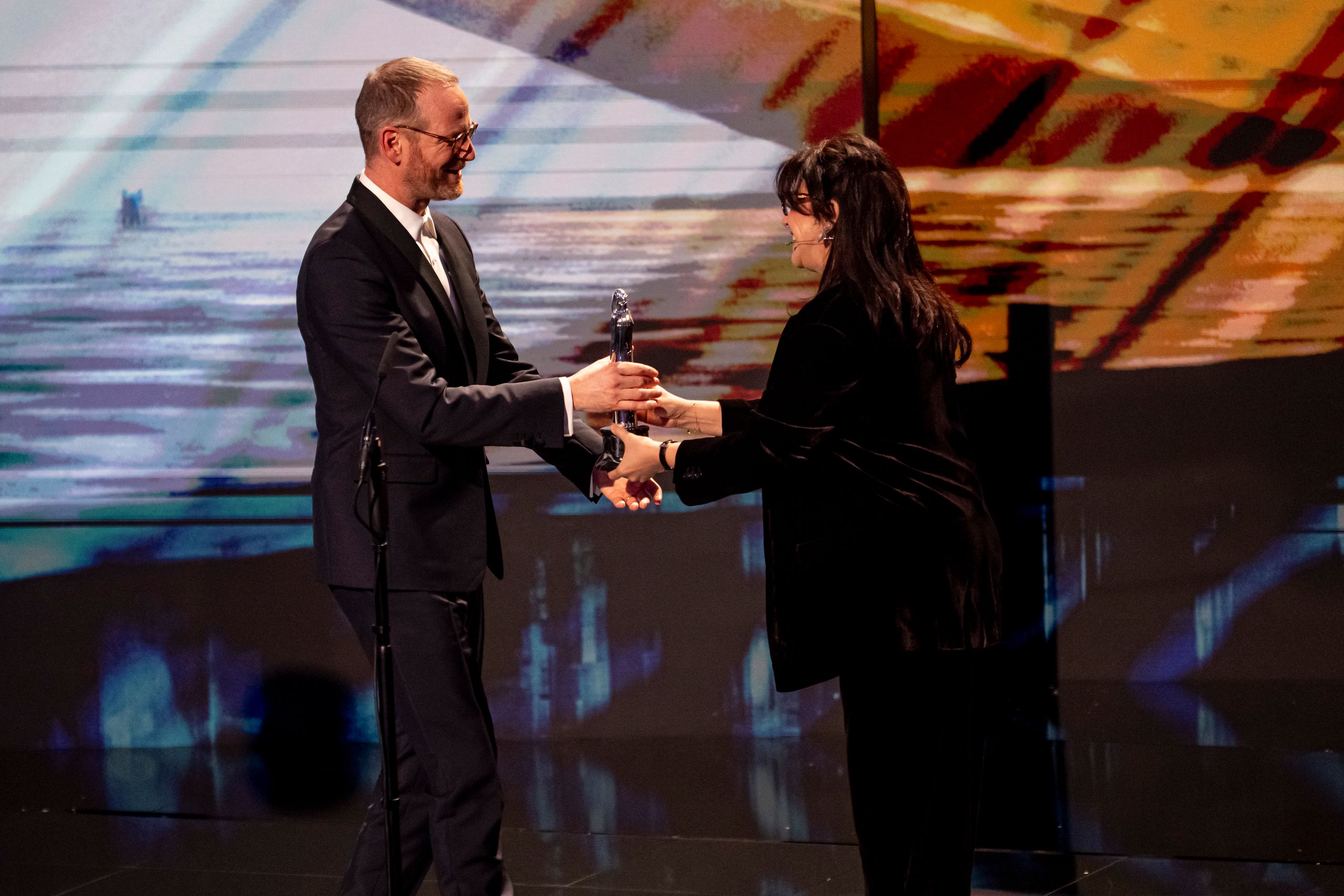Why Some Pigeons Perform Backflips

From a young age, Atoosa Samani discovered her fascination with pigeon genetics. Raised in the city of Isfahan, central Iran, renowned for its pigeon towers, she grew an attachment to these avian pets. She was particularly fond of an all-white pigeon. However, young Samani observed that this pigeon would never produce all-white offspring.
Samani realized that this color was a result of a recessive genetic trait - a trait that only becomes conspicuous when a creature gets two identical copies of a gene. In this case, the white pigeon got two copies of a gene, which reduced the ability to produce pigment for feather color. However, its offspring inherited a functional copy of this gene from their mothers, resulting in pigmented feathers.
This initial exposure to pigeon genetics piqued Samani's interest, prompting her to delve further into this field of study. After moving to the United States to pursue her education at the University of Utah, Salt Lake City, she decided to be part of Michael Shapiro's lab working on why certain pigeons (Columba livia) perform backward somersaults.
Such roller pigeons exist in two varieties: the flight-capable Flying Rollers, known for their long tumbling runs towards the ground before returning to flight, and the Parlor Rollers, which are unable to fly and instead perform backflips on the ground. While Persian poetry often romanticizes this behavior as a show of joy, Samani begs to differ, asserting that it is a progressive movement disorder with no beneficial traits, eventually inhibiting the birds' ability to fly.
Samani is currently identifying the genes that induce this tumbling behaviour. She presented a report at the Allied Genetics Conference in National Harbor, Maryland on March 7, stating that at least five genes contribute to this trait.
Colleagues collaborating with Samani ascertained the recessive nature of this behaviour by breeding racing homer pigeons with parlor rollers. Interestingly, none of the hybrid offspring exhibited roller behaviour. Nevertheless, when two hybrid birds were mated, approximately 40 percent of their offspring displayed tumbling when prompted to fly.
In her study, Samani employed two statistical methods to identify genes that precipitate the tip-over-tail tumbling in pigeons. She located five extensive DNA stretches consisting of hundreds of genes, although no evident mutations that might justify the rolling were found in these sections.
She then inspected gene activity within the birds' brains and identified close to 2,000 genes that exhibited increased or decreased activity in the brains of parlor rollers compared to two types of non-rolling pigeons.
By piecing together all these clues, Samani has narrowed down her search to approximately 300 genes potentially causing the tumbling behaviour, although she is yet to identify the specific genes responsible.
As she nears the completion of her Ph.D., Samani hopes to transition into a teaching career. She admits she'll miss her avian companions and the cerebral challenge they provided. She shares, "I have been contemplating this for five years. I have different puzzle pieces. How do I assemble them to form a coherent picture? Do these pieces truly align? That's what I'll miss the most... I have a penchant for deciphering mysteries."




